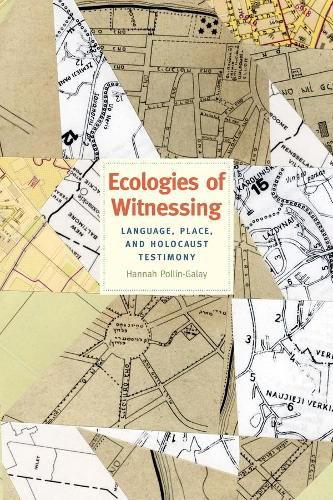Readings Newsletter
Become a Readings Member to make your shopping experience even easier.
Sign in or sign up for free!
You’re not far away from qualifying for FREE standard shipping within Australia
You’ve qualified for FREE standard shipping within Australia
The cart is loading…






An innovative reassessment of Holocaust testimony, revealing the dramatic ways in which the languages and places of postwar life inform survivor memory
This groundbreaking work rethinks conventional wisdom about Holocaust testimony, focusing on the power of language and place to shape personal narrative. Oral histories of Lithuanian Jews serve as the textual base for this exploration. Comparing the remembrances of Holocaust victims who remained in Lithuania with those who resettled in Israel and North America after World War II, Pollin-Galay reveals meaningful differences based on where survivors chose to live out their postwar lives and whether their language of testimony was Yiddish, English, or Hebrew. The differences between their testimonies relate to notions of love, justice, community-and how the Holocaust did violence to these aspects of the self. More than an original presentation of yet-unheard stories, this book challenges the assumption of a universal vocabulary for describing and healing human pain.
$9.00 standard shipping within Australia
FREE standard shipping within Australia for orders over $100.00
Express & International shipping calculated at checkout
An innovative reassessment of Holocaust testimony, revealing the dramatic ways in which the languages and places of postwar life inform survivor memory
This groundbreaking work rethinks conventional wisdom about Holocaust testimony, focusing on the power of language and place to shape personal narrative. Oral histories of Lithuanian Jews serve as the textual base for this exploration. Comparing the remembrances of Holocaust victims who remained in Lithuania with those who resettled in Israel and North America after World War II, Pollin-Galay reveals meaningful differences based on where survivors chose to live out their postwar lives and whether their language of testimony was Yiddish, English, or Hebrew. The differences between their testimonies relate to notions of love, justice, community-and how the Holocaust did violence to these aspects of the self. More than an original presentation of yet-unheard stories, this book challenges the assumption of a universal vocabulary for describing and healing human pain.